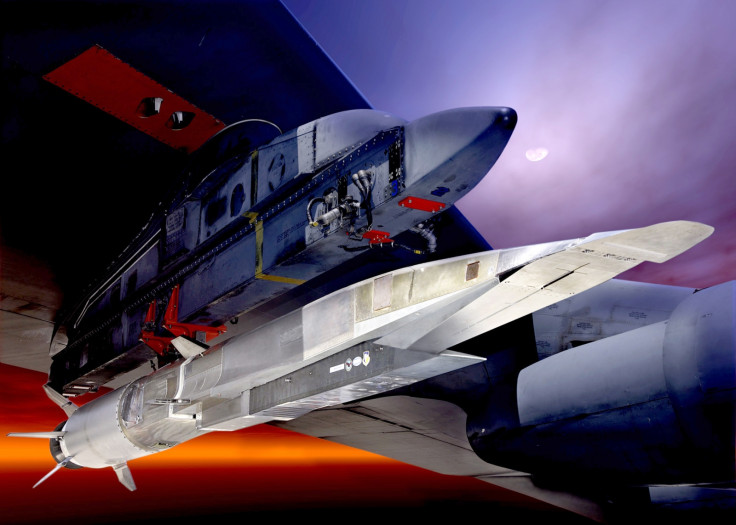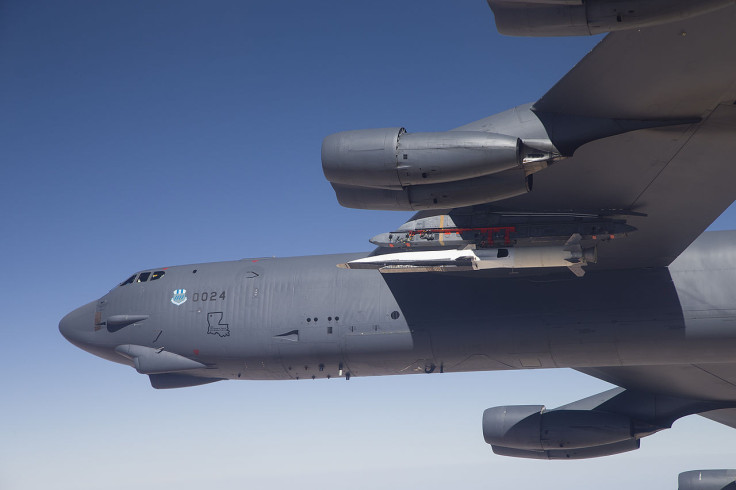US Air Force and Pentagon want hypersonic planes that can cross the globe in 4 hours by 2023

The US Air Force has decided to team up with the Department of Defense to speed up the development of hypersonic aircraft and hopes to achieve its goal by 2023.
Hypersonic refers to any aircraft that travels at five times the speed of sound, which is about 3,800mph and known as Mach 5. In order to achieve this, the plane needs to be lightened using Supersonic Combustion Ramjet Engines (Scramjet) technology.
Thrust is created by liquid fuel and liquid oxygen mixing together, but carrying both fuel and oxygen tanks on board a plane slow it down.
To lighten the load, scientists are trying to create aircraft engines that take the oxygen needed for combustion from the atmosphere around and passing through the vehicle as it flies, rather than having a tank on board.
The dream of hypersonic aircraft

But many in the aerospace industry consider hypersonic to be a dream, as scientists have been trying to make it work since the 1950s without success.
The Air Force has recently been working to make supersonic missiles that can hit targets much faster but the latest successful test of the hypersonic aircraft X-51 Waverider was conducted by Nasa back in 2013.
During that test flight, the X-51 was launched off a B-52 bomber already in flight and although it accelerated to Mach 5.1 while ascending to 60,000ft, it crashed into the sea a few minutes later.
China and Russia are developing hypersonic aircraft too but Richard Aboulafia, an analyst at aerospace and defence industry advisory firm Teal Group, says their technology is still "several decades behind the US".
"Hypersonic has been likened to lighting a candle in a hurricane. It's that tough. We've been tantalisingly close but still many decades away," he told IBTimes UK.
"Hypersonic is intriguing but the technological breakthroughs needed are enormous. I don't think you'll see much progress with the Chinese and Russians. If it happens, it will happen in the US."
New research could make it possible by 2023
In September 2014, Major Gen Thomas Masiello, the head of the Air Force's Research Laboratory, said in a presentation that the US could have "a fully reusable combat ready" hypersonic plane by 2040, according to Air Force Times.
However, the US Air Force has now told Military.com that manned hypersonic aircraft could be ready by 2023, and it wants to build on the success of the Nasa test flight.

Since the mid-2020s is roughly when Airbus, Aerion and Lockheed Martin are planning to launch supersonic aircraft, it seems unlikely that such technological breakthroughs could be made by that time.
"X-51 was really a proof of concept test. It showed that you could get a scramjet engine, launch it off an aircraft and it could go hypersonic. It was able to go more than Mach 5 until it ran out of fuel. It was a very successful test of an airborne hypersonic weapons system," said Air Force chief scientist Mica Endsley.
"What they are trying to do now is build the whole system so that it is not just about the engine. You have to have materials that can operate at the kind of temperatures you have when you are going at hypersonic speeds.
"You have to have guidance systems that will function when you are going at those types of speeds. There are a bunch of technological challenges that have to be addressed to make a functioning system that will work."
© Copyright IBTimes 2024. All rights reserved.






